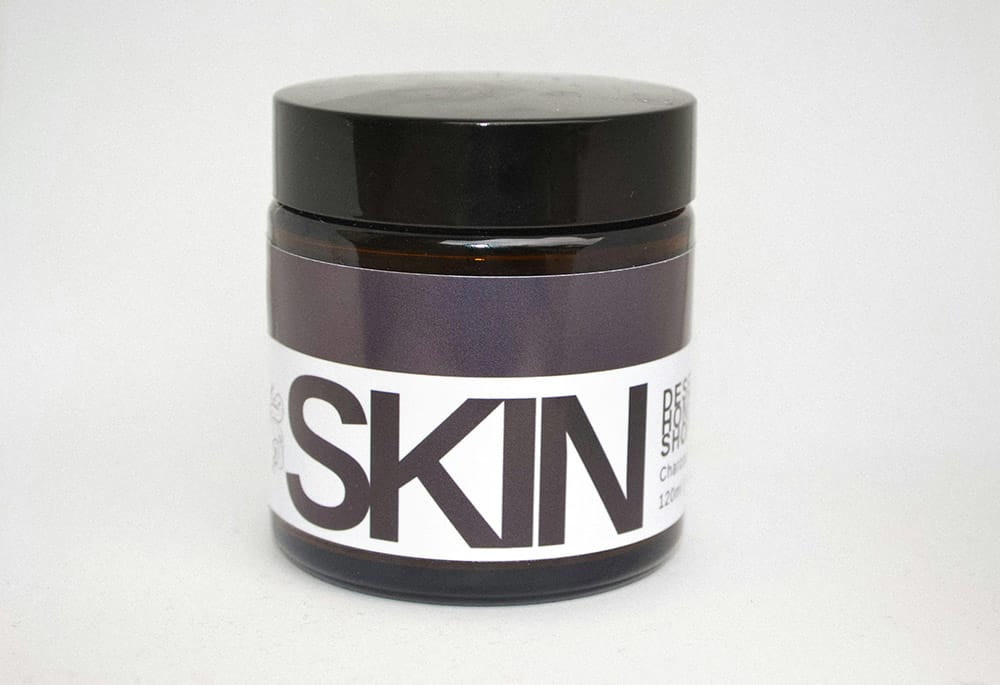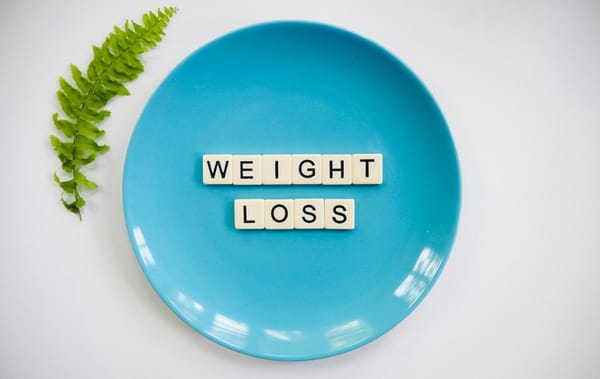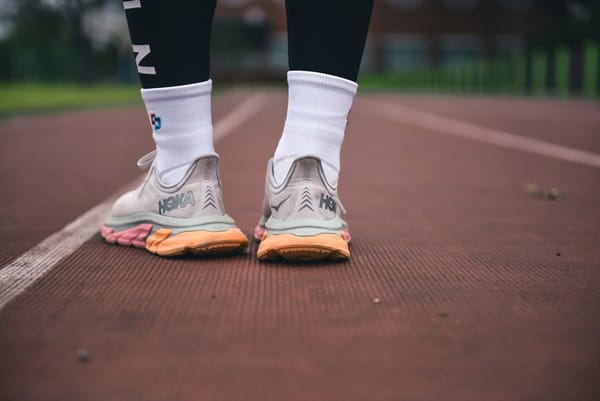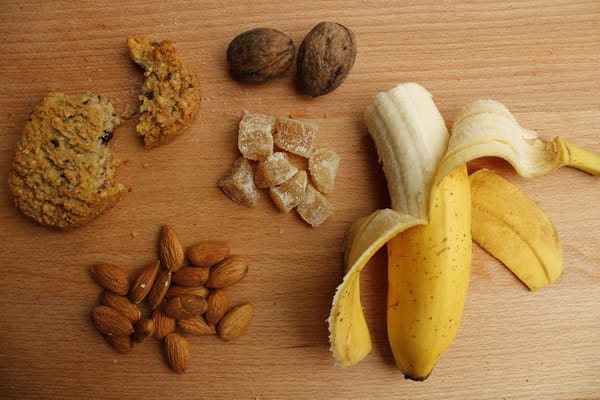How TDEE Impacts Your Skin Health: The Link Between Calories and Complexion

Skin is the largest organ in your body, and the very way that it looks is a huge indicator of how well or poorly you have been nurturing your body through nutrition and lifestyle choices. Skin health has much to do with the way that you manage your TDEE, given that TDEE will largely affect hydration, inflammation, and the body's self-repair process. This article will examine how TDEE is connected to skin health and how one's caloric intake can be modulated for a glowing complexion.
Understanding TDEE and Its Broad Impact on Health
The most basic definition of TDEE—it is the total number of calories that are being burnt by the body in a single day. This includes:
- Basal metabolic rate: These are the calories that a person requires to maintain basic body functions.
- Thermic effect of food: These are the calories that are burnt during digestion.
- Physical activity: The calories burnt in movement and exercise.
- Non-exercise activity thermogenesis: Refers to the number of calories burnt through everyday activities such as walking, cleaning, or fidgeting. The TDEE plays a vital role in terms of the size that the body has to undergo repair of the damaged skin, maintenance of hydration, and regulation of relevant nutrients required to help the skin to appear youthful and radiant.
The Role of Caloric Intake in Skin Health
Calories for Skin Repair: Tissue repair in the skin is regular since skin cells are always undergoing renewal. Your body can procure supply for this basic energy-required function if the intake of calories meets TDEE. An inadequate caloric intake results in reduced turnover of skin cells giving rise to dullness of skin and delay in healing from blemishes and an overall lackluster complexion.
Overeating and Skin Inflammation: The cause of extra calories consumed by an individual was TDEE leading to weight gain and increased body inflammation which was externally expressed on the skin causing things like acne, eczema, and other skin problems. Excessive sugar intake, a common contributor to a calorie surplus, has been linked with the development of acne because of increased sebum production and promotion of inflammation.
Caloric Deficits and Dry Skin: Conversely, a prolonged caloric deficit, for instance, when one is on a very aggressive diet or fasts for an extended time, can lead to dry, flaky skin. In starvation mode, the body prioritizes essential functions first and neglects skin moisture maintenance. The outcome from this could be dehydration that would give the skin a tired and aged appearance.
How Tweaking Your TDEE Can Enhance the State of Your Skin
- Balanced Nutrients: Meeting the TDEE alone is not enough; you need to ingest nutrient-dense food. This includes eating a variety of fruits and vegetables, lean proteins, and healthy fats. These will provide you with the vitamins and minerals necessary, especially in vitamin C, E, and omega-3 fatty acids for the skin barrier function and oxidative stress management.
- Hydration and TDEE: On the other hand, another big consideration in skin health is the amount of water drunk. Keep watching one's TDEE to be able to adjust the amount of the water taken to last a day without experiencing dryness. Active people or those who travel a lot may require even more than the 8 cups a day.
- Prevention of Excess Weight Gain: In fact, one of the main reasons people should be careful with their TDEE is because it could easily raise the body mass index over the normal range that could be linked with hormonal imbalances leading to acne and some other skin conditions. The weight maintained within the normal range achieves this through a balanced diet, correct TDEE, and adequate caloric intake to maintain clear, ageless skin.
Food Choices for Supporting Skin Health and TDEE
- Omega-3 Fatty Acids: They're really needed for anti-inflammatory purposes, as well as to help support an optimal skin barrier. Sample this: salmon, chia seeds, walnuts—these foods will help feed skin and elasticity.
- Foods with Antioxidants: Fruits and vegetables, particularly those with a high content of vitamins A and C, such as oranges, carrots, and leafy greens, are important because they help reduce oxidative stress—a major cause in skin damage—while also helping to produce collagen.
- Foods High in Zinc: It is really the one mineral that plays a huge role in the healing of wounds and skin regeneration. Foods high in zinc are pumpkin seeds, beans, lentils, and all these things could help support your skin's ability to heal itself.
Signs That Your Diet and TDEE Might Be Affecting Your Skin
- Dull, Dry, or Flaky Skin: Excessive calorie intake, especially long glycemic food, is also another reason for increased insulin production, which helps with acne development. If you have more breakouts than usual it might be a good time to evaluate TDEE and food choices.
- Slow Healing of Blemishes: If you take longer to heal your cut or pimple, then that is a sign of nutritional deficiency or inadequate caloric intake. A healthy balance of diet to TDEE will ensure this process of skin regeneration and healing is a fast one.
How to Stay on Top of TDEE to Get That Healthy, Glowing Skin
- Balanced Diet: It is important that there is no deficiency of nutrients providing whole TDEE for skin health. This can be colorful fruits and vegetables, lean proteins, and healthy fats.
- Monitoring Caloric Intake: Be careful with your calories, adjusting for activity levels, and other goals. It is very, very crucial that skin is maintained free from undue stress in terms of either a very low caloric deficit or excessive calorie surplus.
- Staying Hydrated: A lot of water should be drunk for skin hydration. It is to be increased during physically active hours or at hot climates.
Conclusion
Formulated to deliver healthy skin, the TDEE is therefore an important factor in its management. You can make a lot of difference by bringing the caloric intake to match the body's need for hydration support against breakouts or in promoting skin regeneration. Getting the skin to reflect its nourishing content, when that comes to balanced nourishment, hydration, and overall energy balance, means nourishing it from the inside out.



